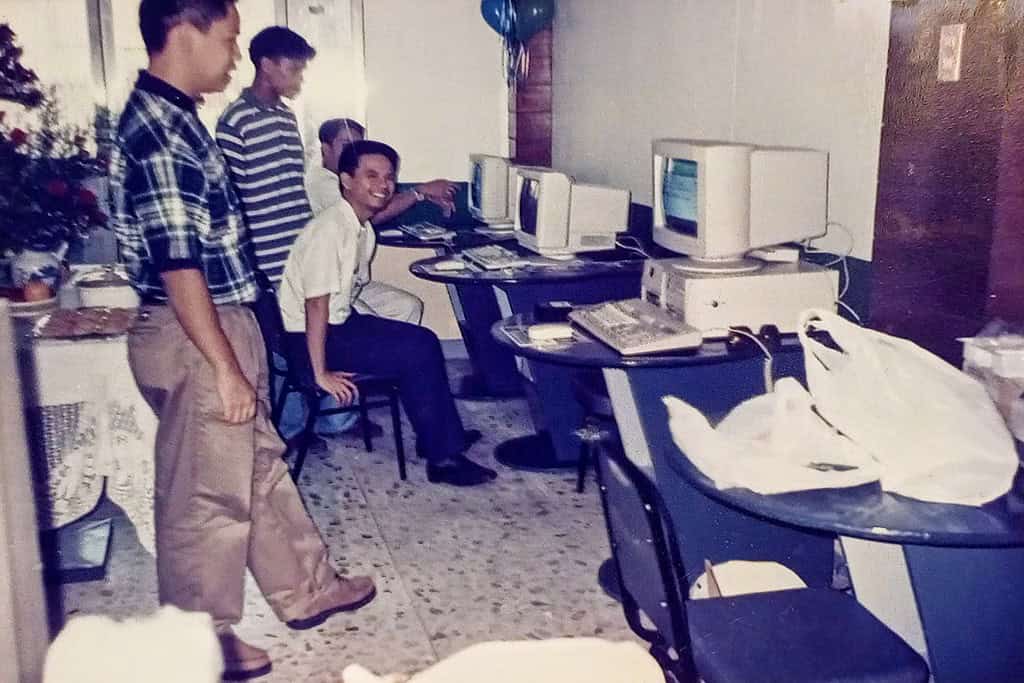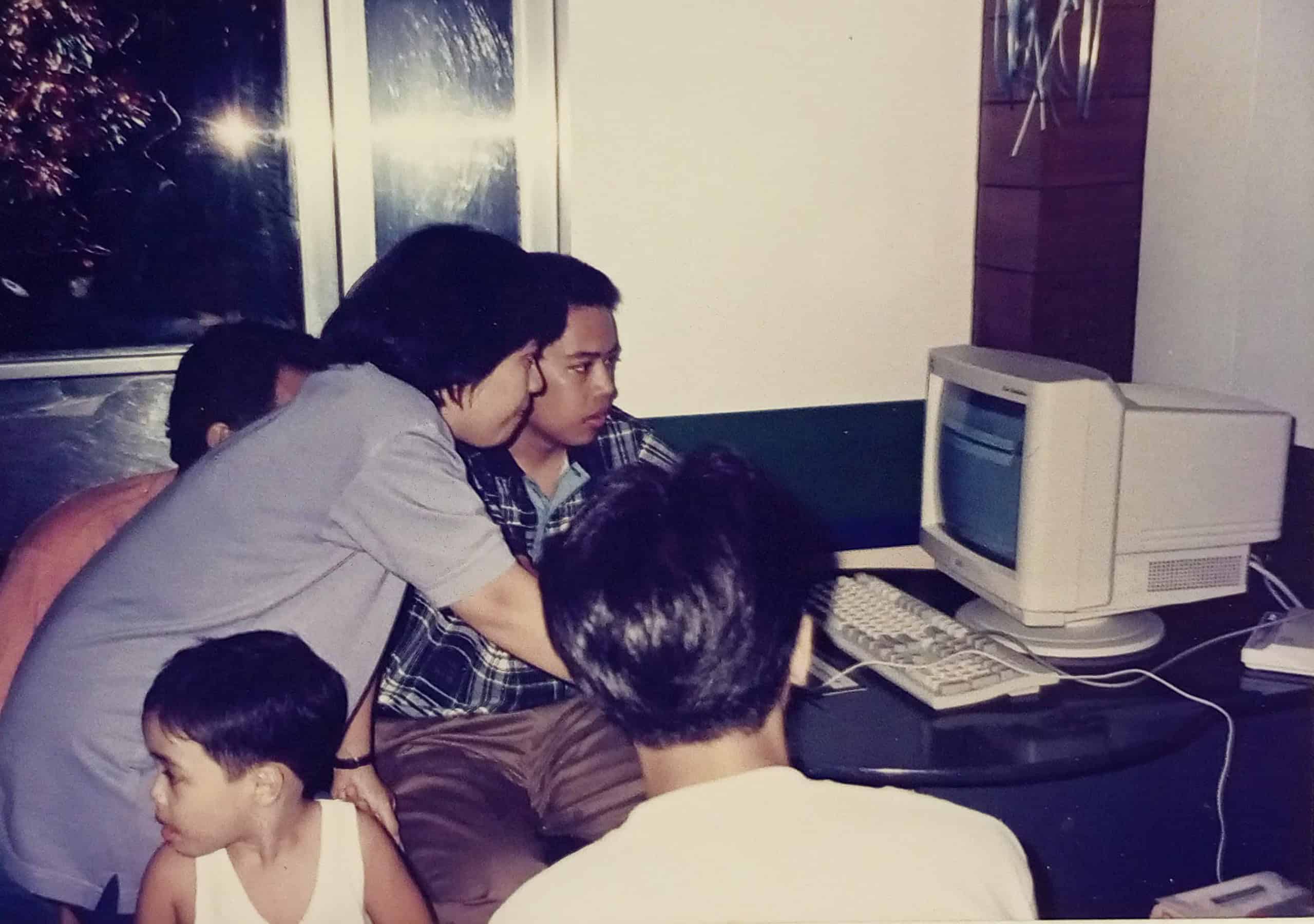Today marks the 30th anniversary of the Philippines connecting to the Internet (March 29, 1994). It was a government-initiated project called Philnet that connects several universities and government agencies around the country including Xavier University.
Recalling my journey with the Internet, started in 1990 when after several months of convincing my dad to buy me a computer (which was uncommon to have a computer in the house at that time) bought me finally a computer at Electroworld. It was a 286Mhz Intel clone computer with an MS-DOS operating system.
After several months, my dad’s barkada in ham radio and a cousin of my mom who owns Powercode Technologies loaned me a modem so I could help him test the data communication of his POS System or (Point of Sale) project he developed for ORORAMA.

At that time in the 80’s and early 90’s, the Internet was still not mainstream to the public in the U.S., It was just used by government agencies as it was intended for the military in the Cold War days, Used also by Universities in the U.S. for communication exchange by professors.
The common online communication or community before was a BBS or Bulletin Board System with its proprietary software different from each BBS. It’s like Facebook today but you have to be a member and connect to the system via a phone line and a modem.

With the modem I have on my computer, I discovered the BBS and then the Internet via a certain communication protocol called FidoNet that connects BBS around the world to BBS that have a connection to the Internet.
At that time, I envisioned the power of the Internet as ubiquitous nowadays. When Xavier was finally connected to the Internet in 1994, I found ways to sign up at Xavier University computer lab to gain direct access to the Internet which was supposed to be exclusive only to certain courses. After graduating college, I convinced my parents to fund my venture to open one of the first if not the first cybercafe in the Philippines way back in 1996 right here in Cagayan de Oro so I could share the Internet with the general public. That’s my share of the Internet revolution.


